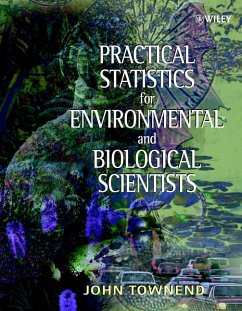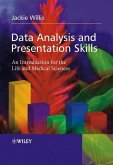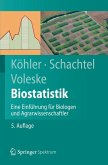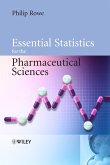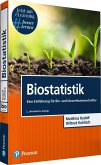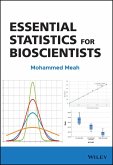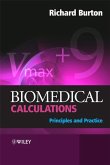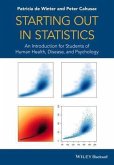All students and researchers in environmental and biological sciences require statistical methods at some stage of their work. Many have a preconception that statistics are difficult and unpleasant and find that the textbooks available are difficult to understand.
Practical Statistics for Environmental and Biological Scientists provides a concise, user-friendly, non-technical introduction to statistics. The book covers planning and designing an experiment, how to analyse and present data, and the limitations and assumptions of each statistical method. The text does not refer to a specific computer package but descriptions of how to carry out the tests and interpret the results are based on the approaches used by most of the commonly used packages, e.g. Excel, MINITAB and SPSS. Formulae are kept to a minimum and relevant examples are included throughout the text.
Hinweis: Dieser Artikel kann nur an eine deutsche Lieferadresse ausgeliefert werden.
Practical Statistics for Environmental and Biological Scientists provides a concise, user-friendly, non-technical introduction to statistics. The book covers planning and designing an experiment, how to analyse and present data, and the limitations and assumptions of each statistical method. The text does not refer to a specific computer package but descriptions of how to carry out the tests and interpret the results are based on the approaches used by most of the commonly used packages, e.g. Excel, MINITAB and SPSS. Formulae are kept to a minimum and relevant examples are included throughout the text.
Dieser Download kann aus rechtlichen Gründen nur mit Rechnungsadresse in D ausgeliefert werden.
Hinweis: Dieser Artikel kann nur an eine deutsche Lieferadresse ausgeliefert werden.
"The reassuring tone and straightforward approach of the book would be a useful guide..." ( Biochemistry and Molecular Education , July/August 2002)
"...covers the basics of designing an experiment/survey, data analysis and presentation, and specific methods." ( SciTech Book News , Vol. 26, No. 2, June 2002)
"...a good and clear exposition of basic statistical techniques..." (Biometrics, December 2002)
"...This no-nonsense approach to elementary statistics should get you or your student started..." (European Journal of Soil Science, March 2003)
"...This book provides a concise, userfriendly, non-technical introduction to statistics". (Metrohm Information, Vol.32, No.1, 2003)
"...covers the basics of designing an experiment/survey, data analysis and presentation, and specific methods." ( SciTech Book News , Vol. 26, No. 2, June 2002)
"...a good and clear exposition of basic statistical techniques..." (Biometrics, December 2002)
"...This no-nonsense approach to elementary statistics should get you or your student started..." (European Journal of Soil Science, March 2003)
"...This book provides a concise, userfriendly, non-technical introduction to statistics". (Metrohm Information, Vol.32, No.1, 2003)

